Synergistic regulation of color and mechanical properties of silicon nitride ceramics via engineering hollow structures of Eu-enriched secondary phases
Abstract
Si3N4 ceramics, renowned for their superior mechanical properties, are widely regarded as the most promising materials for electronic device casing. This is particularly evident in the context of 5th generation mobile networks, where they outperform both glass and zirconia. However, achieving a synergetic balance between color and mechanical properties remains a significant challenge. In this study, we propose the use of phase separation in liquid phases, supported by a novel Eu2O3-YAG-MgO system, to engineer hollow structures. This approach aims to achieve high-toughness colored Si3N4 ceramics. The resulting hollow structure not only acts as a reinforcing phase in response to the stress field caused by lattice mismatch but also serves as one of the dominant chromophores. This is achieved through the 5d→4f transition of Eu2+ coupled with the 5D0→7FJ transition of Eu3+ under photon excitation. These findings offer new insights into the development of high-performance Si3N4 ceramics with well-controlled color.
Keywords
INTRODUCTION
The escalating demand for 5th generation mobile communication technology necessitates the development of enclosure materials for electronic products, including cell phones and smart wearable devices, to satisfy stringent properties standards[1,2]. These include high thermal conductivity (k), with k > 20 W/(m·K), for effective equipment cooling; low dielectric loss (tanδ), with tanδ < 10-3, for optimal signal transmission, high mechanical properties, with fracture toughness (KIC) > 10 MPa·m1/2 and high flexural strength
In the realm of color regulation, rare earth metal ions (Re3+) exhibit the capacity to absorb light in a manner that is triggered by the visible light excitation of a 4f→4f electron transition[5,6]. Notably, among these rare earth metal ions, Eu3+ ions have the ability to transmute ultraviolet (UV) radiation into a strong orange-red emission. They are also highly sensitive to their coordination environment due to the unique combination of intra-configurational 4f→4f transitions that are either magnetic or electric-dipole in nature[7,8]. These attributes position Eu3+ as a promising candidate for use as a colorant in the creation of orange, red, or similar orange-red Si3N4 ceramics. However, conventional coloring strategies such as dissolving Eu3+ ions within lattices to color ceramics, which has been successfully employed in zirconia[9-11], are not applicable to Si3N4 coloring. This is primarily due to the robust covalent nature of the Si-N bond in β-Si3N4[12], coupled with the substantial radius difference between Si4+ (0.41 Å[13]) and Eu3+ (1.06 Å[14]). In this case, the design of Eu3+-doped second crystal phases or new local structures as chromophores is the alternative way. Besides, it is reported that the introduction of second phases or novel local structures can also act as a feasible and practical way for improving mechanical properties[15-17].
The selection of sintering additives in the liquid phase sintering process of Si3N4 is critically important due to their significant influence on the formation of secondary phases and novel local structures. Compared to the conventional sintering additives [e.g., yttrium oxide-aluminum oxide (Y2O3-Al2O3)[18], ytterbium oxide-aluminum oxide (Yb2O3-Al2O3)[19], MgO[20], yttrium aluminum garnet (YAG, Y3Al5O12)[21], etc.], we develop YAG-MgO as a sintering additive for its lower eutectic temperature (< 1,613 K[21]) than YAG or MgO via the YAG-MgO-SiO2-Si3N4 reaction. The lower eutectic temperature offers more time for α-Si3N4 dissolution in the eutectic liquid phase, and then will promote the growth of high aspect ratio β-Si3N4 grains[22-24] and the formation of second crystal phases or novel local structures.
In this contribution, we propose using phase separation and crystallization in liquid phases supported by Eu2O3-YAG-MgO to engineer hollow structures for achieving the color change from yellow to orange-red, while ensuring excellent mechanical properties of Si3N4. The combined microstructural characterizations of scanning electron microscopy (SEM), high-resolution transmission electron microscopy (HRTEM), scanning transmission electron microscopy (STEM), energy dispersive X-ray spectroscopy (EDS), electron energy loss spectroscopy (EELS) and cathodoluminescence (CL) were utilized to elucidate the crystallographic characteristics and chemical composition of the hollow structures, including morphology, chemical composition, distribution and luminescent characteristic. Based on these characterizations, the formation mechanism of the hollow structure in Si3N4 ceramics, as well as its impact on their color and mechanical properties, was meticulously analyzed and discussed.
MATERIALS AND METHOD
Raw material
All raw materials were utilized in their analytical grade (99+%), with no additional purification required. Commercial α-Si3N4 powders (SN-E10, O 1.08 wt%, BET 9.64 m2/g, α > 95 wt%) were procured from UBE Industries Ltd, located in Yamaguchi, Japan. Additionally, other chemicals such as Eu2O3, Y2O3, Al2O3, and MgO were acquired from Haoxi Research Nanomaterials, Inc. situated in Shanghai, China.
Synthesis of YAG (Y3Al5O12) powders
YAG powders were synthesized by using purity Y2O3 and Al2O3 powders via a solid-state reaction method as reported[25,26]. The mole ratio of Y2O3 to Al2O3 powders was maintained at 3:5. Following this, the mixed powders were sintered at 1,400 °C for 3 h with the heating rate of 2 °C·min-1 in air using a muffle furnace. The resultant powders after sintering were sieved through a 100-mesh screen to spare. The sintered powder was subjected to X-ray diffraction analysis, which revealed the formation of only the YAG phase
Preparation of colored Si3N4 ceramic
Si3N4 Ceramic was prepared by gas pressure sintering using commercial α-Si3N4 powders as the primary raw materials, MgO powders and as-prepared YAG powders as sintering additives, Eu2O3 powders as colorants, Polyvinyl Butyral (PVB) as a binder, and C2H5OH as a solvent. The mass fractions of YAG and MgO powders were fixed at 4 and 2 wt%, respectively. The quantities of PVB and C2H5OH incorporated were 0.8 to 1 wt% and 200 wt% of the total powder, respectively. Eu2O3 powders, with varying contents of 2, 4, 5, 6, 7, 8, and 9 wt%, were uniformly blended with raw materials and other additives. This mixture was then subjected to a planetary ball mill for a duration of 2 h. The obtained slurry was subsequently dried and subjected to sieving through a 100-mesh screen. The fine powder is inserted into a stainless steel mold
Characterization
The bulk densities (ρ) of the sintered samples were ascertained utilizing the Archimedes method, conducted in distilled water. The Vickers hardness (H) was measured using a Vickers microhardness tester (FV-700, Future-Tech, Japan). This measurement was conducted three times on a polished surface, with the load and holding time set at 10 kg and 10 s, respectively. The flexural strength (σ) was determined using a three-point bending test (Model 5566, Instron Co., High Wycombe, UK). This involved a span of 30 mm and a press speed of 0.5 mm/min, utilizing machined rectangle bars (3 mm × 4 mm × 36 mm) with a polished surface. The data from each specimen were averaged across six tests. The fracture toughness (KIC) was measured by the single-edge notched beam method (SENB) at room temperature with a crosshead speed of 0.05 mm/min for a span of 24 mm. The thermal diffusivity (λ) was measured using a laser thermal conductivity meter (LFA-457, Netzsch, Germany). The dielectric loss (tanδ) was measured at a frequency of 1 GHz with an impedance meter (E4991B), in accordance with IPC-TM-650 2.5.5.9-1998. This standard stipulates that the specimens should have dimensions of 50 mm × 50 mm × 0.9 mm.
The bulk samples were subjected to phase identification via X-ray diffraction (XRD, D8 Advance, Bruker, Germany). The data collection for the diffraction was conducted within a range of 10°-80° 2θ, employing a scanning step of 10°/min. Prior to examination with SEM (Magellan 400, FEI, USA), the composites were ground using a resin-bonded diamond wheel (SD54R75B1/3) and polished with varying particle sizes (7, 5, 2.5, and 1 μm) of diamond slurry to achieve a surface finish of 0.02 μm. The microstructure of the samples was examined using transmission electron microscopy (TEM, JEM-2100, JEOL, Japan), encompassing STEM and HRTEM. Within the framework of STEM, both compositional and valence state analyses were conducted utilizing EDS and EELS, respectively. The valence state of the Eu element was also documented using X-ray photoelectron spectroscopy (XPS, ESCALAB 250, Thermo Fisher Scientific, USA).
The optical reflectance within the wavelength range of 380 to 750 nm, along with the Commission International del’Eclairage (CIE) chromaticity coordinates, was ascertained utilizing a Spectrophotometer, which was procured from X-rite in USA. Before color measurement, calibration was conducted utilizing the instrument’s standard plate, encompassing both white calibration and zero position calibration. The mean values of L*, a*, and b* were computed to denote the chromaticity value of each sample following three surface measurements. This was achieved by positioning the sample in front of the measuring aperture, which has a diameter of 2 mm. Photoluminescence (PL) emission spectra were performed by a fluorescence spectrometer (Hitachi F-4600, Japan). The luminescence position inside the sample was determined by Scanning Electron Microscopy-Cathodoluminescence (SEM-CL, Gemini450, ZEISS). The optical energy gaps, denoted as Eg, were determined using the Wood and Tauc equation[27,28]. This method involved a transformation of diffuse reflectance spectra to estimate the value of Eg:
where α and hν represent the absorption coefficient and photon energy, respectively, A is a constant, Eg denotes the optical band gap, and n takes on values of 1/2 or 2 for direct allowed and indirect allowed transitions, respectively. According to literature[29,30], silicon nitride displays an optical absorption spectrum that is dominated by the indirect absorption process (n = 2).
RESULTS AND DISCUSSION
During the liquid-phase sintering process of Si3N4 ceramics, the assembly of Eu ions, attributed to their high field strength and larger radius, leads to the segregation of the glass phase[31]. This phenomenon is depicted in Supplementary Figure 3. The liquid phase, enriched with Eu, encapsulates the pores, thereby forming a hollow structure at the grain boundary. Furthermore, the generation of these hollow structures within β grains transpires during the solution-reprecipitation process[12], which can be divided into two stages: initially, the α to β phase transformation in the liquid phase is facilitated by the homogeneous mixing of sintering additives (YAG-MgO) and colorants (Eu2O3) between 1,450-1,800 °C; all transformations into β are completed within this stage. Subsequently, the second stage involves the solution of small β grains and their reprecipitation on larger β grains at elevated temperatures (> 1,800 °C), concurrently introducing hollow structures into the larger β grains [Figure 1A]. A more comprehensive depiction of the second step is illustrated in Figure 1B and C. Two or more adjacent, small β grains with identical orientations are susceptible to dissolution, merging, and growth into larger β grains at elevated temperatures. Concurrently, the gas and liquid phases within the grain boundary are compressed into the β grains at the onset of the merger, and then persistently expelled to the grain boundary as the merger progresses. However, when sintering or grain growth is impeded, a limited amount of gas and liquid phase remains in the larger β grains. The residual liquid phase primarily consists of heavier Eu-clusters due to their lower diffusion rate and follows the growth of the β grain lattice, subsequently exhibiting a hexagonal morphology akin to that of the β grain. In contrast, the residual gas is enveloped by the hexagonal liquid phase, forming a hollow structure. Figure 1D illustrates the coloring process for Si3N4 ceramics, wherein Eu ions within the hollow structures absorb blue-green light and emit red-orange light due to electronic transitions under photon excitation.
Figure 1. Schematic illustration. (A) The solution-reprecipitation process: firstly, α-Si3N4 powders, colorants and sintering additives are uniformly mixed; secondly, α-β phase transformation during liquid phase sintering; thirdly, the solution of small β grains and reprecipitation on large β grains, accompanying by the introduction of hollow structures into the large β grains. (B) The generation process of the hollow structures within grains. (C) Proofs for the formation process of the hollow structure in β grain under scanning transmission electron microscopy. (D) Light propagation path in Si3N4 ceramics (left) and the schematic illustration of the hollow structure (right).
Samples with various Eu2O3 contents (2, 4, 5, 6, 7, 8, and 9 wt%) were designated as SEu-2, SEu-4, SEu-5, SEu-6, SEu-7, SEu-8, and SEu-9, respectively. SEM revealed that only rod-shaped grains and grain boundary liquid phases with distinct contrasts could be observed in the samples SEu-4, SEu-5, and SEu-6
Figure 2. The crystallographic feature and chemical information of the hollow structure. (A and B) STEM images of the sample SEu-5 (the orange and blue squares mark the grain section and grain boundary regions, respectively): The hollow structures were formed in the grains and the grain boundary phase; (C) STEM magnified image of the orange area; (D) STEM magnified image of the blue area; (E-H) HRTEM images corresponding to the region 1-4 (the inset shows the corresponding FFT pattern). (I) STEM-EDS elemental analysis of hollow structure in sample SEu-5.
The electron valence states and luminescence of Eu ions in Si3N4 ceramics were examined using XPS, STEM-EELS, and SEM-CL techniques, as depicted in Figure 3A-C and Supplementary Figure 10. The XPS analysis of the SEu-5 sample revealed that both Eu3+ and Eu2+ signals, identified as Eu3+:3d5/2,3/2 and
Figure 3. The valence states and luminescence of Eu ions. (A) STEM image of the sample SEu-5. (B) EELS spectra of the grain boundary phase (region 1), the hollow structure (region 2) and the β-Si3N4 grain (region 3) corresponding to the STEM image: The pairs of EELS signals at 1,135.8/1,164.0 eV attributed to the Eu3+. (C) SEM-CL spectra of the β grain (grey line) and the grain boundary phase (orange line): There is a broadband emission peak at 530 nm and four narrow emission lines at 593, 616, 656 and 697 nm. (D-F) The distribution density of hollow structures in the sample SEu-4 (D), SEu-5 (E), SEu-6 (F) and SEu-7 (G) (the X-axis is defined as the average number of hollow structures per unit area (nm-2); the percentage on the Y-axis refers to the relative frequency distributed in various hollow structure density intervals; the green lines mean Gauss Amp of the distribution density of hollow structure): With the increases of Eu2O3 content, the distribution density of hollow structure increases.
Figure 4. Color of Si3N4 ceramics. (A) Digital photo of Si3N4 ceramics with varying Eu2O3 mass rations: The orange color deepens with increasing Eu2O3 content. (B) L*, a* and b* parameters of Eu-doped Si3N4 ceramics: As the Eu2O3 content increases, the value of L* decreases, while the values of a* and b* increase. (C) Emission spectra of all samples by monitoring 465 nm excitation: As the Eu2O3 content increases, the emission spectra tend to redshift but the intensity of light emission is weakened. (D) Reflectance spectra of Eu-doped samples (the inset shows the reflected light of the samples is located in the wavelength range from 556 to 602 nm). (E) Plot of
The influence of hollow structures on the optical properties of Si3N4 ceramics was examined, as depicted in Figure 4. Yellow and orange Si3N4 ceramics were synthesized using varying Eu2O3 concentrations. As the
The impact of the hollow structures on the mechanical properties of Si3N4 ceramics was examined, as depicted in Figure 5 and Supplementary Figure 11. The KIC and σ initially increased, subsequently decreasing in line with the trend of relative density [Supplementary Figure 11]. The microstructures of the sample
Figure 5. The strain distribution of the hollow structure and physical properties of Si3N4 ceramics. (A) HRTEM graph of the sample
CONCLUSIONS
In summary, we introduce a microstructure design that involves the construction of Eu-doped hollow structures to synthesize Si3N4 ceramics. These ceramics exhibit a color transition from yellow to orange-red and possess superior mechanical properties. The hollow structure is characterized by its amorphous nature, with the core corresponding to the pore phase and the shell to the Eu-rich liquid phase. This structure functions as one of the dominant chromophores due to the 5d→4f transition of Eu2+, which is coupled with the 5D0→7FJ transition of Eu3+ under photon excitation. Specially, the distribution density of this chromophore correlates positively with the depth of orange. Our sample, SEu-5, demonstrates optimized mechanical properties, with a flexural strength of 915.5 ± 43.1 MPa and a fracture toughness of
DECLARATIONS
Acknowledgments
The authors would like to express their gratitude to Mr. Jingwei Feng for his invaluable support and guidance on the use of the transmission electron microscope.
Authors’ contributions
Conceiving the idea and designing the experiment: Liu N
Performing sample prep, data acquisition, and data analysis: Liu N, Hu T
Advising the scientific discussion on this research: Fu Z, Wang Z, Xu F, Dong S
Financial support: Duan Y
Supervising this research: Hu T, Zhang J
All authors participated in the writing of the manuscript.
Availability of data and materials
Not applicable.
Financial support and sponsorship
This work was supported by the National Natural Science Foundation of China (grant number: 52102082, Program Manager: Dr. Duan Y), Shanghai Science and Technology Committee (grant number: 21YF1454500, Program Manager: Dr. Duan Y), the State Key Laboratory of High Performance Ceramics and Superfine Microstructure of Shanghai Institute Ceramics, Chinese Academy of Sciences.
Conflicts of interest
All authors declared that there are no conflicts of interest.
Ethical approval and consent to participate
Not applicable.
Consent for publication
Not applicable.
Copyright
© The Author(s) 2024.
Supplementary Materials
REFERENCES
1. Basu B, Vitchev RG, Vleugels J, Celis JP, Van Der Biest O. Influence of humidity on the fretting wear of self-mated tetragonal zirconia ceramics. Acta Mater 2000;48:2461-71.
2. Lv H, Bao J, Qi S, Jin Q, Guo W. Optical and mechanical properties of purple zirconia ceramics. J Asian Ceram 2019;7:306-11.
3. Goeb O, Herrmann M, Siegel S. Thermodynamic and microstructural studies of coloration and decoloration processes during gas-pressure sintering of silicon nitride ceramics. Key Eng Mater 1998;161-3:217-20.
4. Liu N, Zhang J, Duan Y, Li X, Dong S. Effect of rare earth oxides addition on the mechanical properties and coloration of silicon nitride ceramics. J Eur Ceram Soc 2020;40:1132-8.
5. Yada M, Mihara M, Mouri S, Kuroki M, Kijima T. Rare earth (Er, Tm, Yb, Lu) oxide nanotubes templated by dodecylsulfate assemblies. Adv Mater 2002;14:309-13.
6. Wang HQ, Batentschuk M, Osvet A, Pinna L, Brabec CJ. Rare-earth ion doped up-conversion materials for photovoltaic applications. Adv Mater 2011;23:2675-80.
7. Carnall WT, Fields PR, Rajnak K. Spectral intensities of the trivalent lanthanides and actinides in solution. II. Pm3+, Sm3+, Eu3+, Gd3+, Tb3+, Dy3+, and Ho3+. J Chem Phys 1968;49:4412-23.
8. Carnall WT, Fields PR, Rajnak K. Electronic energy levels of the trivalent lanthanide aquo ions. IV. Eu3+. J Chem Phys 1968;49:4450-5.
9. Ren F, Ishida S, Takeuchi N. Color and vanadium valency in V-doped ZrO2. J Am Chem Soc 1993;76:1825-31.
10. Newman L, Lafleur WJ, Brousaides FJ, Ross AM. A spectrophotometric investigation of vanadium(V) species in alkaline solutions. J Am Chem Soc 1958;80:4491-5.
11. Ocaña M, González-Elipe AR, Andrés-Vergés M, Tartaj P, Serna CJ, Orera VM. Preparation by hydrolysis of aerosols and colour properties of Cr-doped and Co-doped zircon powders. J Eur Ceram Soc 1998;18:821-30.
12. Haubner R, Herrmann M, Lux B, et al. High performance non-oxide ceramics II. Berlin, Heidelberg: Springer; 2003.
13. Wu DN, Gong XY, Cui RR, Deng CY. Luminescence properties of Ca2+ and Si4+ co-doped strontium molybdate red phosphors for white LEDs. J Mater Sci Mater Electron 2016;27:9661-7.
14. Vinothkumar G, Rengaraj S, Arunkumar P, Cha SW, Suresh Babu K. Ionic radii and concentration dependency of RE3+ (Eu3+, Nd3+,
15. Cinibulk MK, Thomas G, Johnson SM. Fabrication and secondary-phase crystallization of rare-earth disilicate-silicon nitride ceramics. J Am Ceram Soc 1992;75:2037-43.
16. Wang L, Qi Q, Cai P, et al. New route to improve the fracture toughness and flexural strength of Si3N4 ceramics by adding FeSi2. Scr Mater 2017;126:11-4.
17. Iizuka T, Hyuga H, Kita H, Osumi K. In situ synthesis of Mo5Si3 particle reinforced Si3N4 composite with crystallized grain boundary phase of Yb2Si2O7. Mater Sci Eng A 2005;395:160-6.
18. Ahmad S, Ludwig T, Herrmann M, Mahmoud M, Lippmann W, Seifert H. Phase evaluation during high temperature long heat treatments in the Y2O3-Al2O3-SiO2 system. J Eur Ceram Soc 2014;34:3835-40.
19. Murakami Y, Yamamoto H. Phase equilibria and properties of glasses in the Al2O3-Yb2O3-SiO2 system. J Ceram Soc Japan 1993;101:1101-6.
20. Richter HJ, Herrmann M, Hermel W. Calculation of heterogeneous phase equilibria in the system Si-Mg-N-O. J Eur Ceram Soc 1991;7:3-9.
21. Zhang B, Zhuang H, Li W. Phase evolution of Y-α/β-sialon ceramic with YAG as a sintering additive. J Mater Sci Lett 2001;20:101-3.
22. Santos C, Ribeiro S, Strecker K, Suzuki PA, Kycia S, Silva CRM. Crystallographic characterization of silicon nitride ceramics sintered with Y2O3-Al2O3 or E2O3-Al2O3 additions. Ceram Int 2009;35:289-93.
23. Hayashi T, Munakata H, Suzuki H, Saito H. Pressureless sintering of Si3N4 with Y2O3 and Al2O3. J Mater Sci 1986;21:3501-8.
24. Zhao DL, Zhang YJ, Gong HY, Nie LF, Zhao L. Effects of sintering aids on mechanical and dielectric properties of Si3N4 ceramics. Mater Res Innov 2010;14:338-41.
25. Ikesue A, Furusato I, Kamata K. Fabrication of polycrystal line, transparent YAG ceramics by a solid-state reaction method. J Am Ceram Soc 1995;78:225-8.
26. Ikesue A, Kinoshita T, Kamata K, Yoshida K. Fabrication and optical properties of high-performance polycrystalline Nd:YAG ceramics for solid-state lasers. J Am Ceram Soc 1995;78:1033-40.
27. Tauc J, Grigorovici R, Vancu A. Optical properties and electronic structure of amorphous germanium. Mater Res Bull 1966;15:627-37.
29. Duan Y, Zhang K, Xie X. Electronic structural properties of β-C3N4, β-Si3N4 and β-Ge3N4. Phys Status Solidi B 1997;200:499-508.
30. Yu B, Chen D. First-principles study on the electronic structure and phase transition of α-, β-and γ-Si3N4. Acta Phys Sin 2012;61:197102.
31. Nogami M, Abe Y. Fluorescence spectroscopy of silicate glasses codoped with Sm2+ and Al3+ ions. J Appl Phys 1997;81:6351-6.
32. Krstic Z, Krstic VD. Silicon nitride: the engineering material of the future. J Mater Sci 2012;47:535-52.
33. Kleebe HJ, Pezzotti G, Ziegler G. Microstructure and fracture toughness of Si3N4 ceramics: combined roles of grain morphology and secondary phase chemistry. J Am Ceram 1999;82:1857-67.
34. Liang YN, Lee SW, Park DS. Sliding behaviors of a unidirectionally oriented Si3N4W/Si3N4 composite. Wear 1999;224:202-10.
36. Lee MR, Russell SS, Arden JW, Pillinger CT. Nierite (Si3N4), a new mineral from ordinary and enstatite chondrites. Meteoritics 1995;30:387-98.
37. Ponath P, Hamze AK, Posadas AB, et al. Surface structure analysis of Eu Zintl template on Ge(001). Surf Sci 2018;674:94-102.
38. Krishnan R, Swart HC. Cathodoluminescence properties of monoclinic phased reddish-orange emitting BaY2(MoO4)4:Eu3+ phosphor. Opt Mater 2020;99:109604.
39. Rakov N, Ramos FE, Hirata G, Xiao M. Strong photoluminescence and cathodoluminescence due to f-f transitions in Eu3+ doped
40. Qiao J, Xia Z. Design principles for achieving red emission in Eu2+/Eu3+ doped inorganic solids. J Appl Phys 2021;129:200903.
42. Hirosaki N, Okada A, Matoba K. Sintering of Si3N4 with the addition of rare-earth oxides. J Am Ceram Soc 1988;71:C-144-7.
43. Mitomo M, Uenosono S. Microstructural development during gas-pressure sintering of α-silicon nitride. J Am Ceram Soc 1992;75:103-7.
44. Kawashima T, Okamoto H, Yamamoto H, Kitamura A. Grain size dependence of the fracture toughness of silicon nitride ceramics. J Ceram Soc Japan 1991;99:320-3.
Cite This Article
How to Cite
Liu, N.; Hu, T.; Fu, Z.; Zhang, J.; Duan, Y.; Wang, Z.; Xu, F.; Dong, S. Synergistic regulation of color and mechanical properties of silicon nitride ceramics via engineering hollow structures of Eu-enriched secondary phases. Microstructures. 2024, 4, 2024048. http://dx.doi.org/10.20517/microstructures.2024.15
Download Citation
Export Citation File:
Type of Import
Tips on Downloading Citation
Citation Manager File Format
Type of Import
Direct Import: When the Direct Import option is selected (the default state), a dialogue box will give you the option to Save or Open the downloaded citation data. Choosing Open will either launch your citation manager or give you a choice of applications with which to use the metadata. The Save option saves the file locally for later use.
Indirect Import: When the Indirect Import option is selected, the metadata is displayed and may be copied and pasted as needed.
About This Article
Special Issue
Copyright
Related
Data & Comments
Data




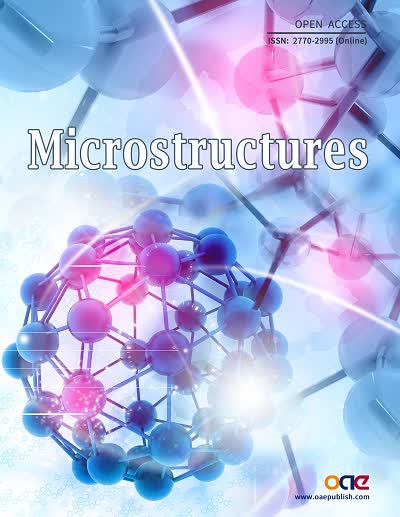











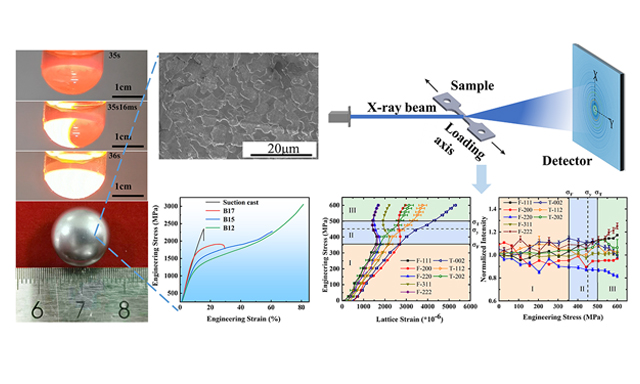
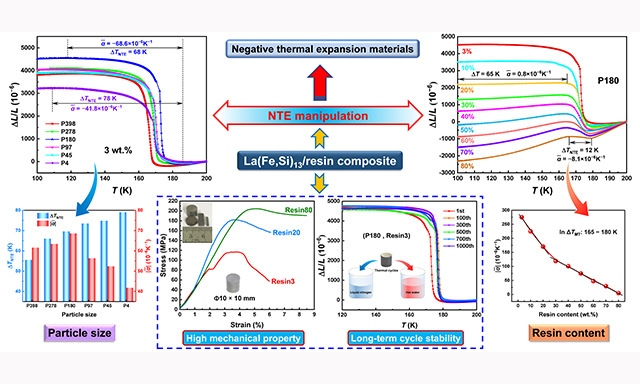
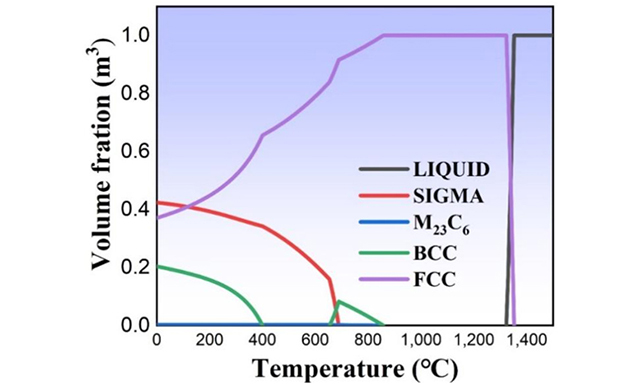
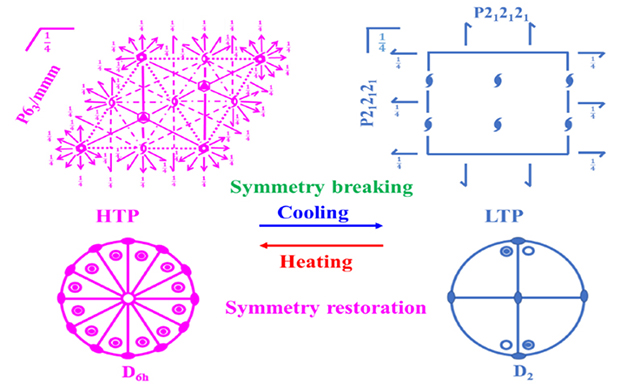
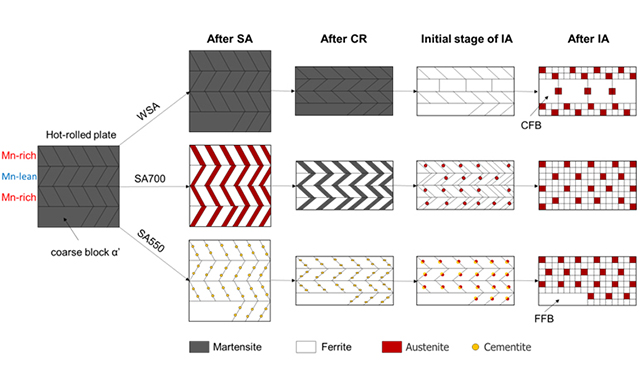

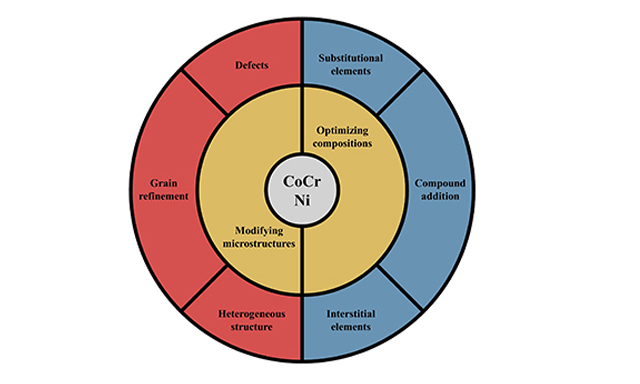
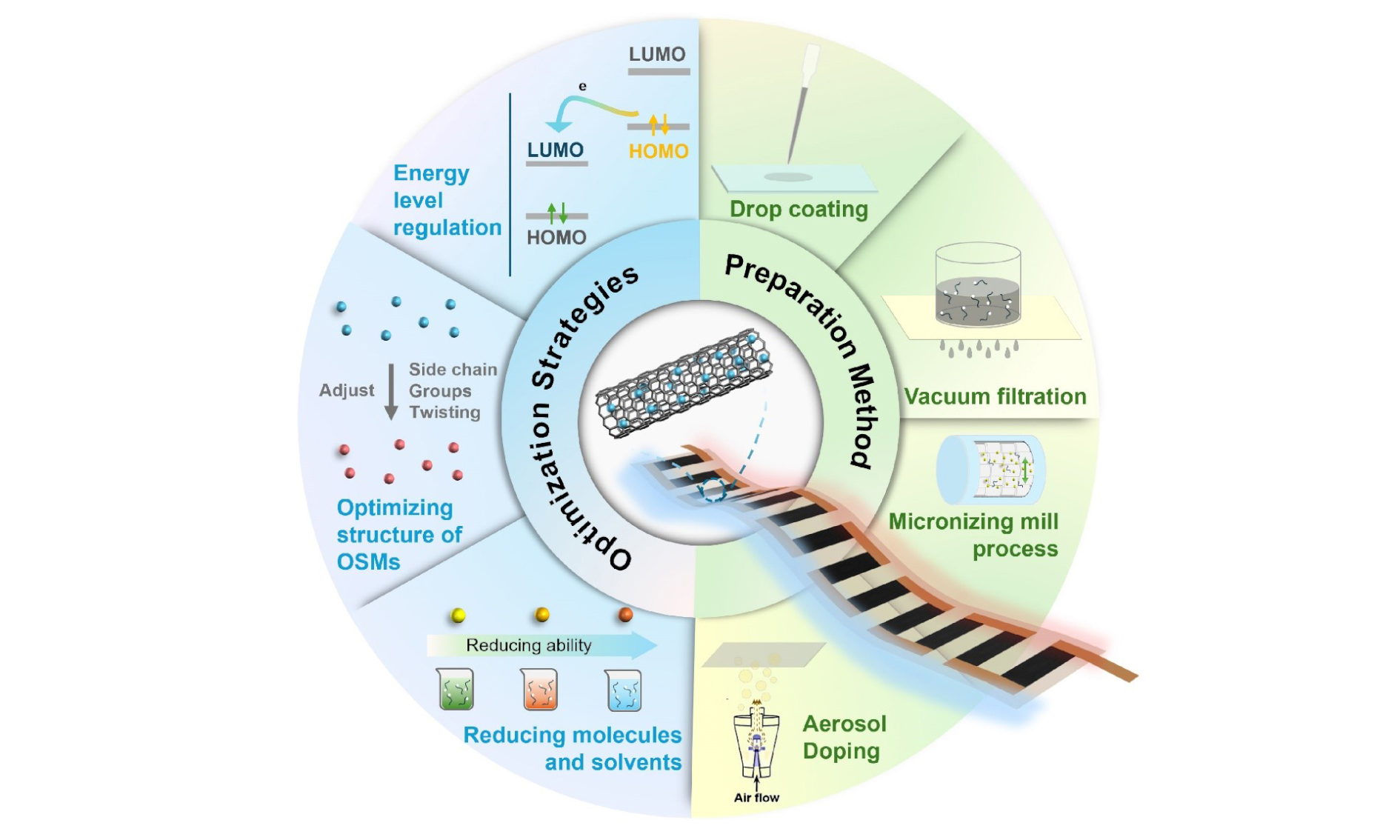







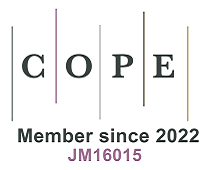








Comments
Comments must be written in English. Spam, offensive content, impersonation, and private information will not be permitted. If any comment is reported and identified as inappropriate content by OAE staff, the comment will be removed without notice. If you have any queries or need any help, please contact us at support@oaepublish.com.